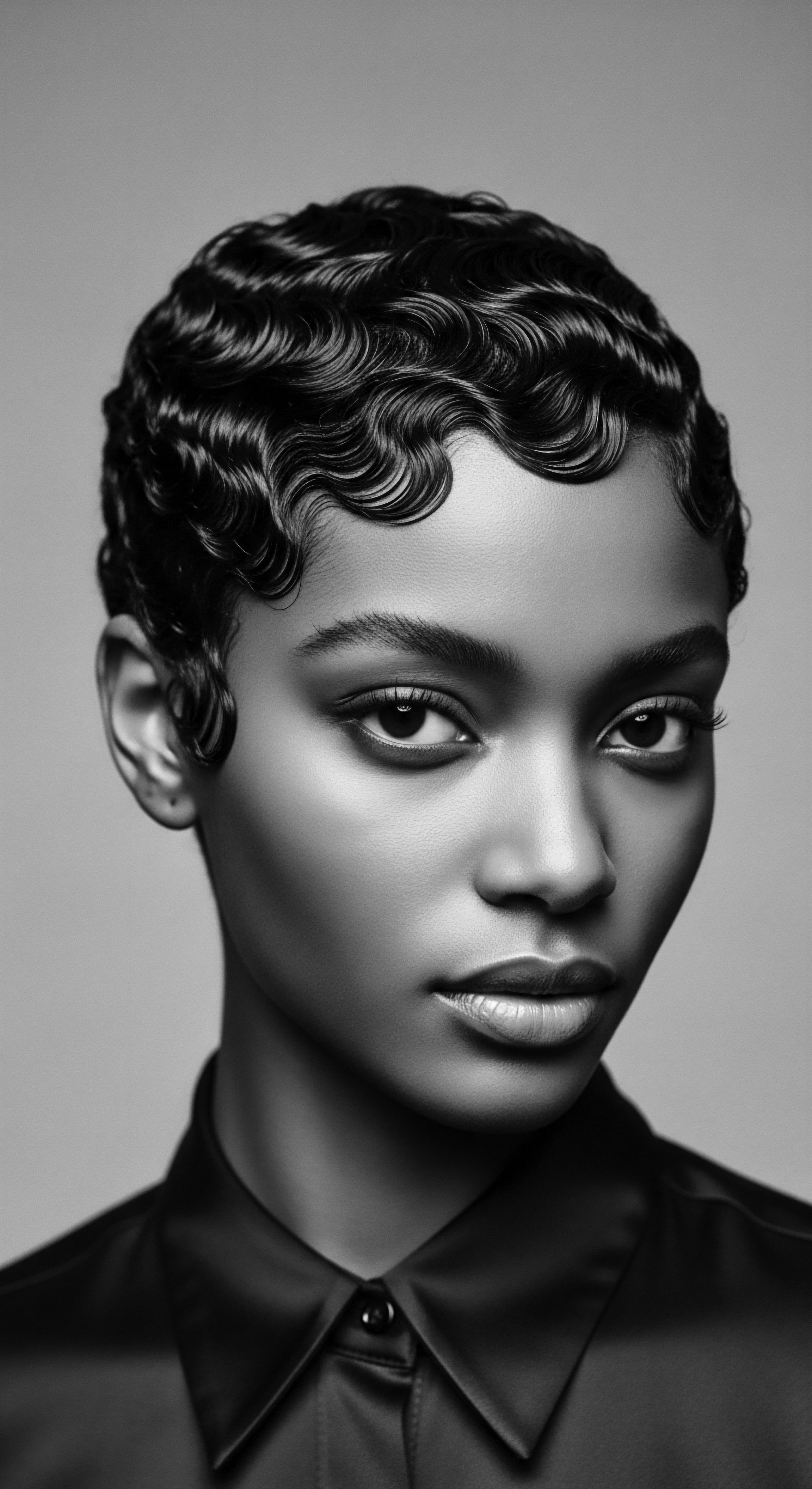
What historical comb materials were best for textured hair?
Historical combs for textured hair primarily featured natural materials like wood, bone, and horn, chosen for their gentle interaction with hair and their deep cultural significance within textured hair heritage.

Can historical comb designs influence modern textured hair care routines?
Historical comb designs, through their broad teeth and natural materials, directly inform modern textured hair care by promoting gentle, heritage-aligned practices.
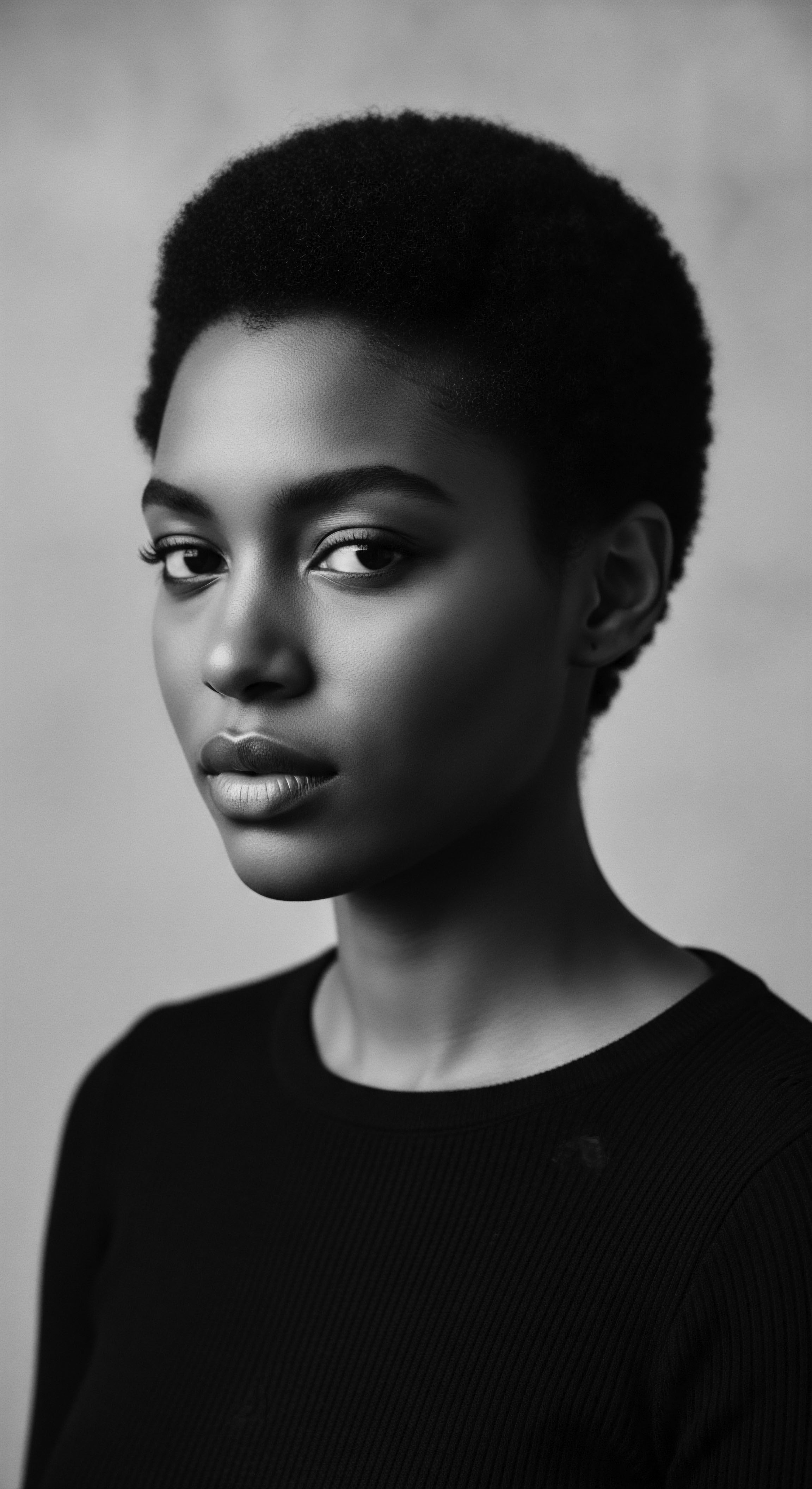
What historical tools shaped Afro-textured hair traditions?
Historical tools, from ancient combs to improvised implements, profoundly shaped Afro-textured hair traditions, reflecting heritage, identity, and resilience.
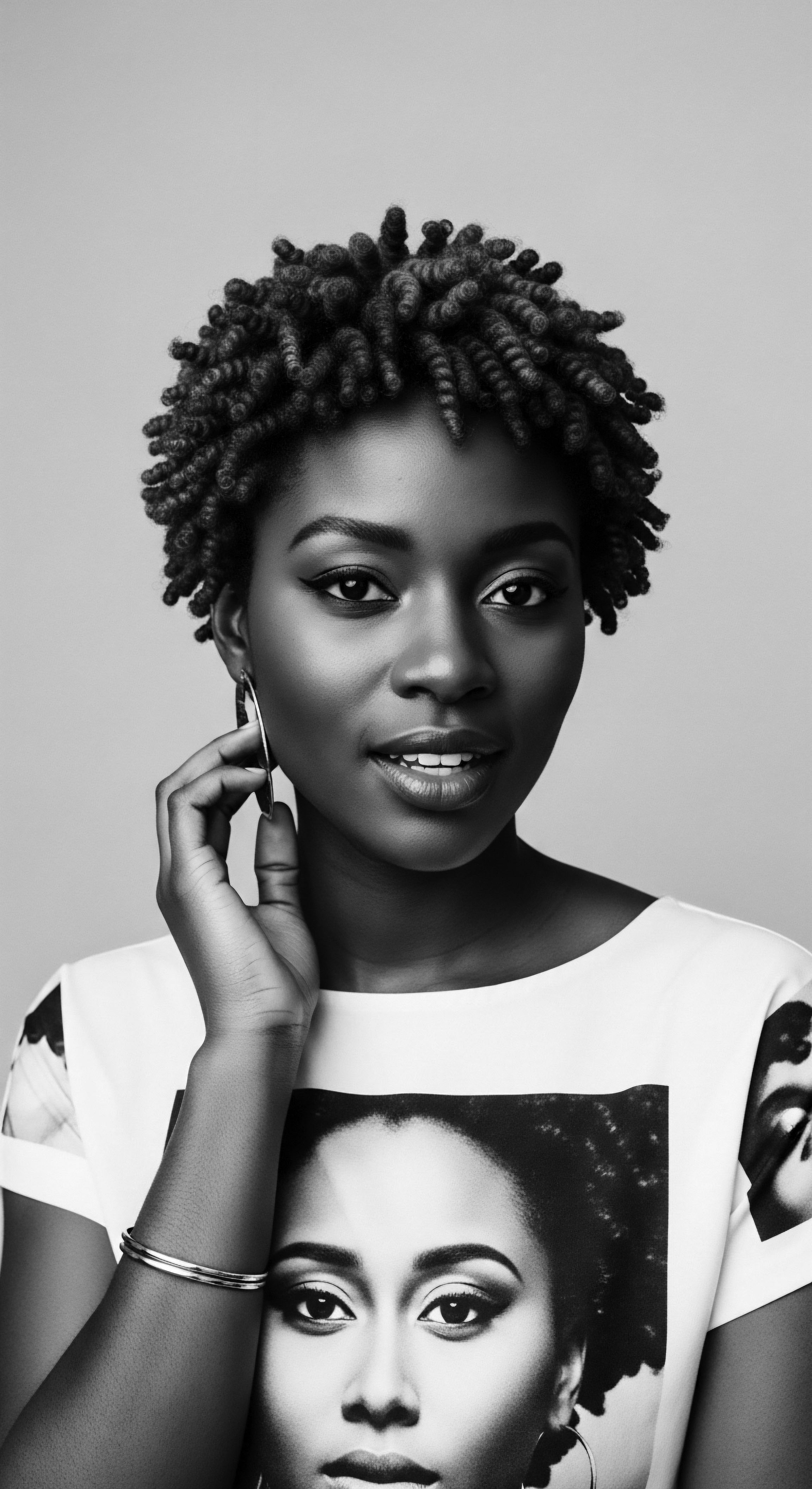
How did ancestral tools evolve into contemporary textured hair care instruments?
Ancestral tools for textured hair, born from necessity and cultural meaning, evolved into modern instruments, preserving a rich heritage of care.

How did ancient civilizations select comb materials for hair heritage?
Ancient civilizations selected comb materials like wood, bone, and ivory based on local availability, hair type, and deep cultural reverence for textured hair heritage.

Which historical grooming tools supported textured hair maintenance across cultures?
Historical grooming tools supported textured hair through ingenuity and adaptation, echoing ancestral wisdom across cultures.
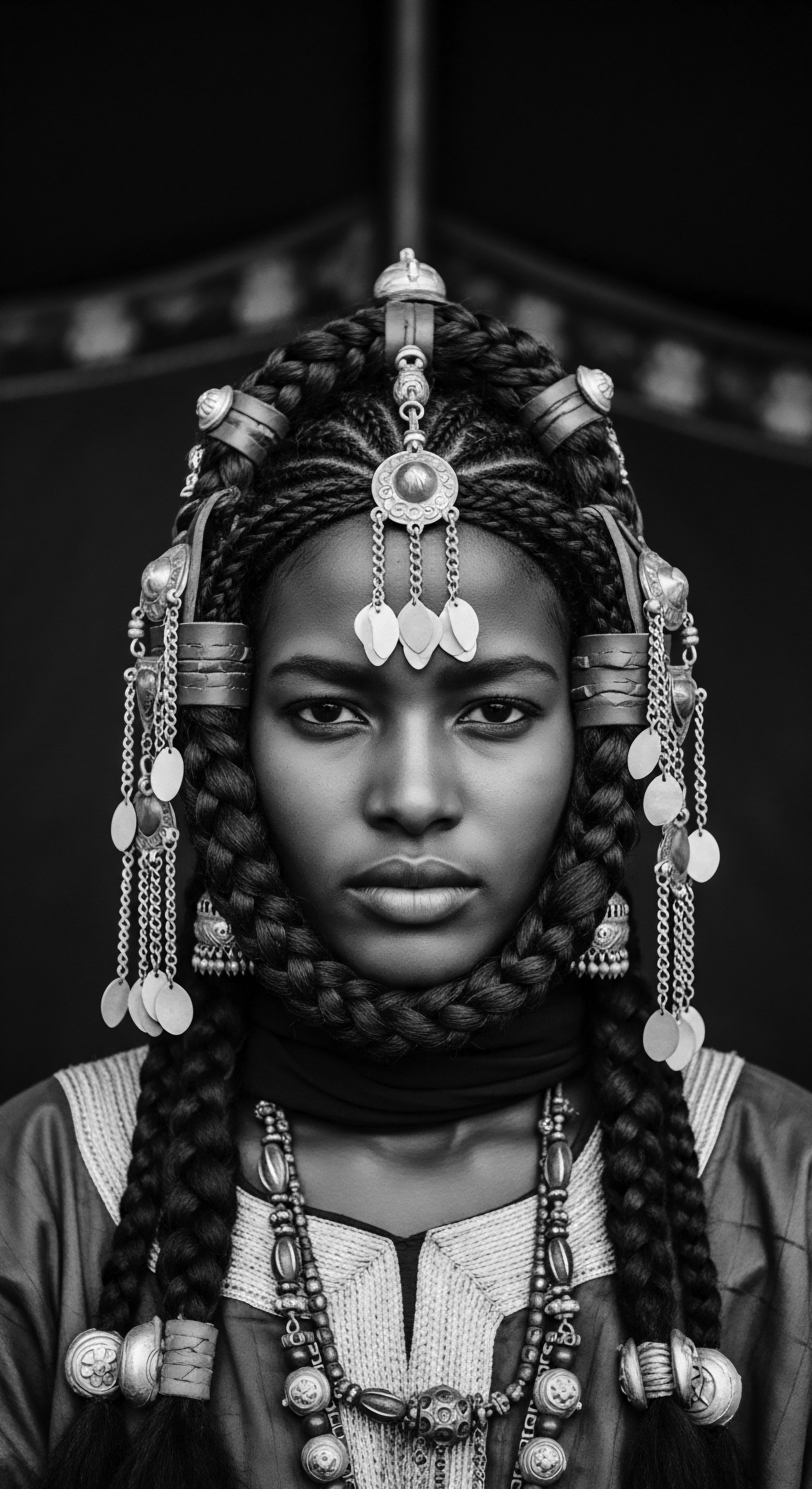
What historical tools inform modern textured hair styling?
Historical hair tools, born of ancestral ingenuity, directly inform modern textured hair styling by providing foundational designs for detangling, shaping, and protecting diverse curl patterns.

What historical meaning do textured hair tools hold?
Textured hair tools historically symbolize identity, resilience, and continuity, connecting contemporary practices to ancestral care traditions.

How do ancestral hair tools reflect scientific understanding?
Ancestral hair tools reflect scientific understanding through their materials and design, demonstrating an intuitive grasp of textured hair biology and care.

How do ancestral tools influence modern detangling?
Ancestral detangling tools and practices, deeply rooted in heritage, shape modern methods by emphasizing gentleness, moisture, and specialized wide-toothed designs.

What are key historical textured hair tools?
Key historical textured hair tools, often simple, embody ancestral wisdom and serve as powerful symbols of cultural heritage and resilience.

How do historical hair tools relate to modern textured hair care?
Historical hair tools inform modern textured hair care by transferring ancestral wisdom and cultural practices.

What materials formed the earliest textured hair tools?
The earliest textured hair tools emerged from natural elements like stone, bone, wood, and shells, deeply rooted in ancestral heritage.

What is the cultural significance of traditional textured hair tools?
Traditional textured hair tools carry centuries of ancestral wisdom, symbolizing identity, resilience, and cultural continuity for Black and mixed-race communities.
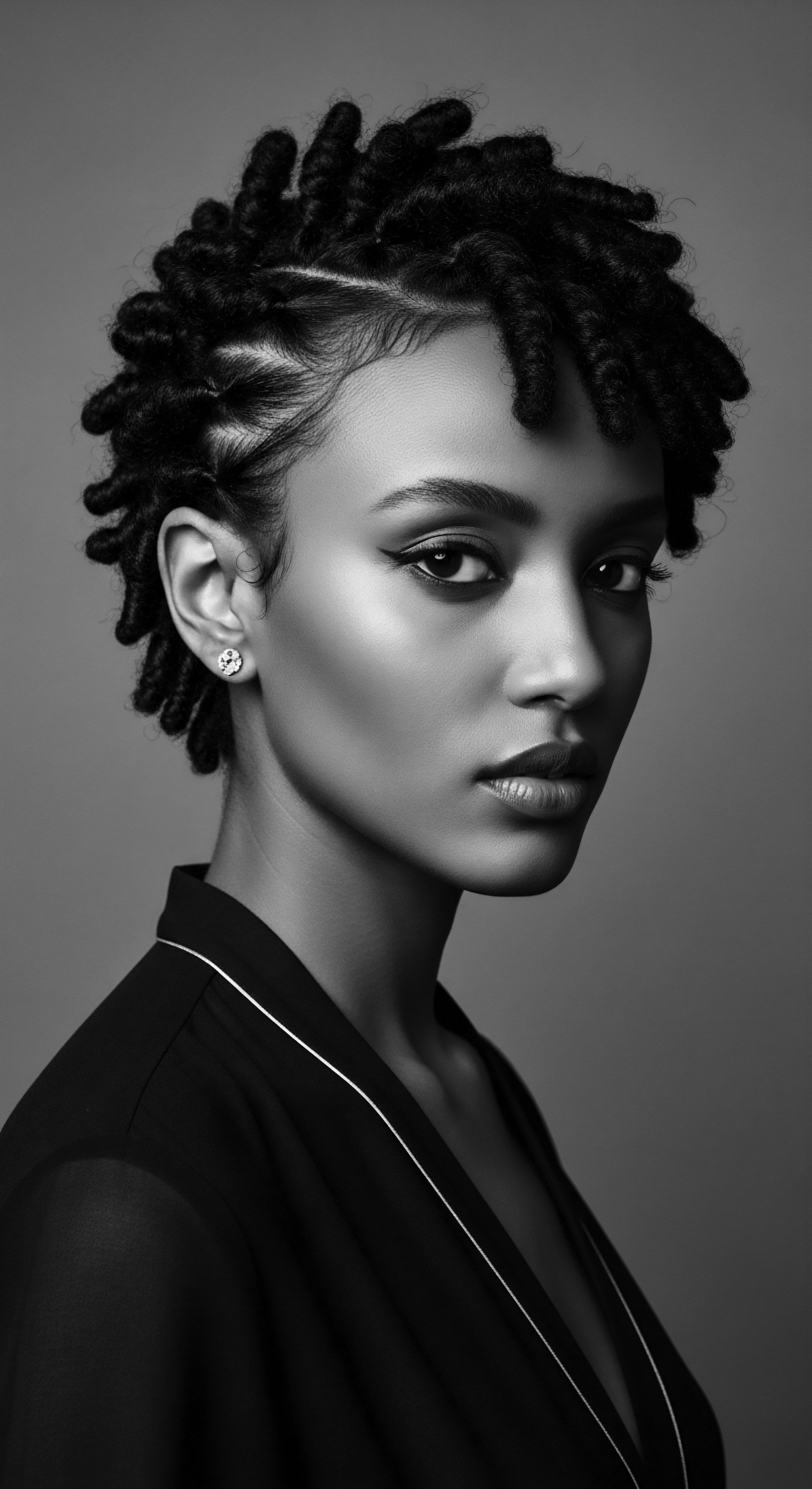
How did early picks assist heritage hair practices?
Early picks gently detangled and styled textured hair, preserving health and cultural expressions across generations.
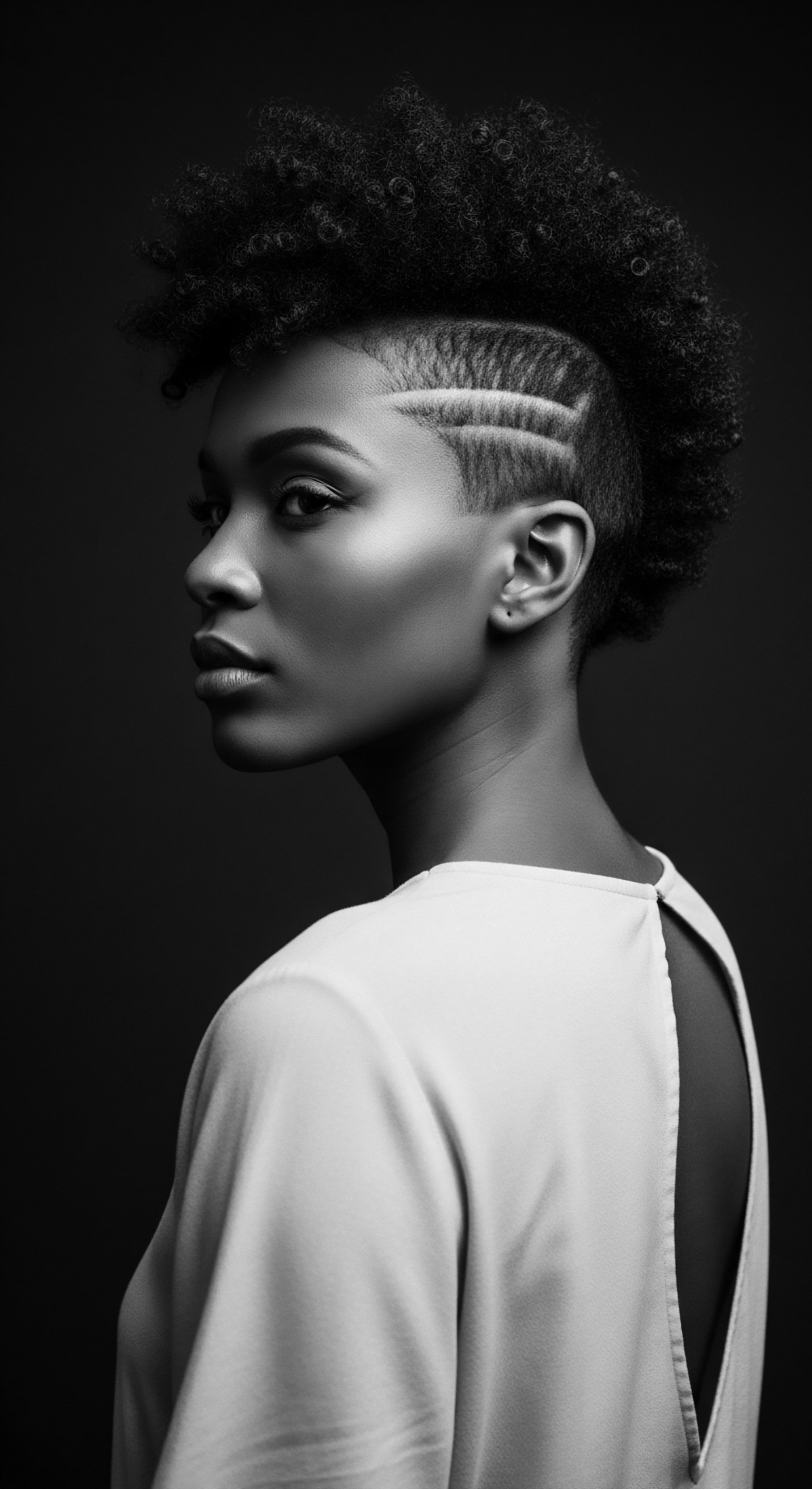
How did historical tools complement textured hair’s structure?
Historical tools respected textured hair's coil, using wide teeth and natural materials for gentle detangling and preserving ancestral styles.

What historical tools were essential for preserving textured hair?
Ancestral ingenuity, through combs, natural oils, and headwraps, preserved textured hair and its rich cultural legacy.

What historical significance do textured hair tools hold today?
Textured hair tools carry millennia of heritage, embodying resilience, identity, and cultural expression for Black and mixed-race communities.
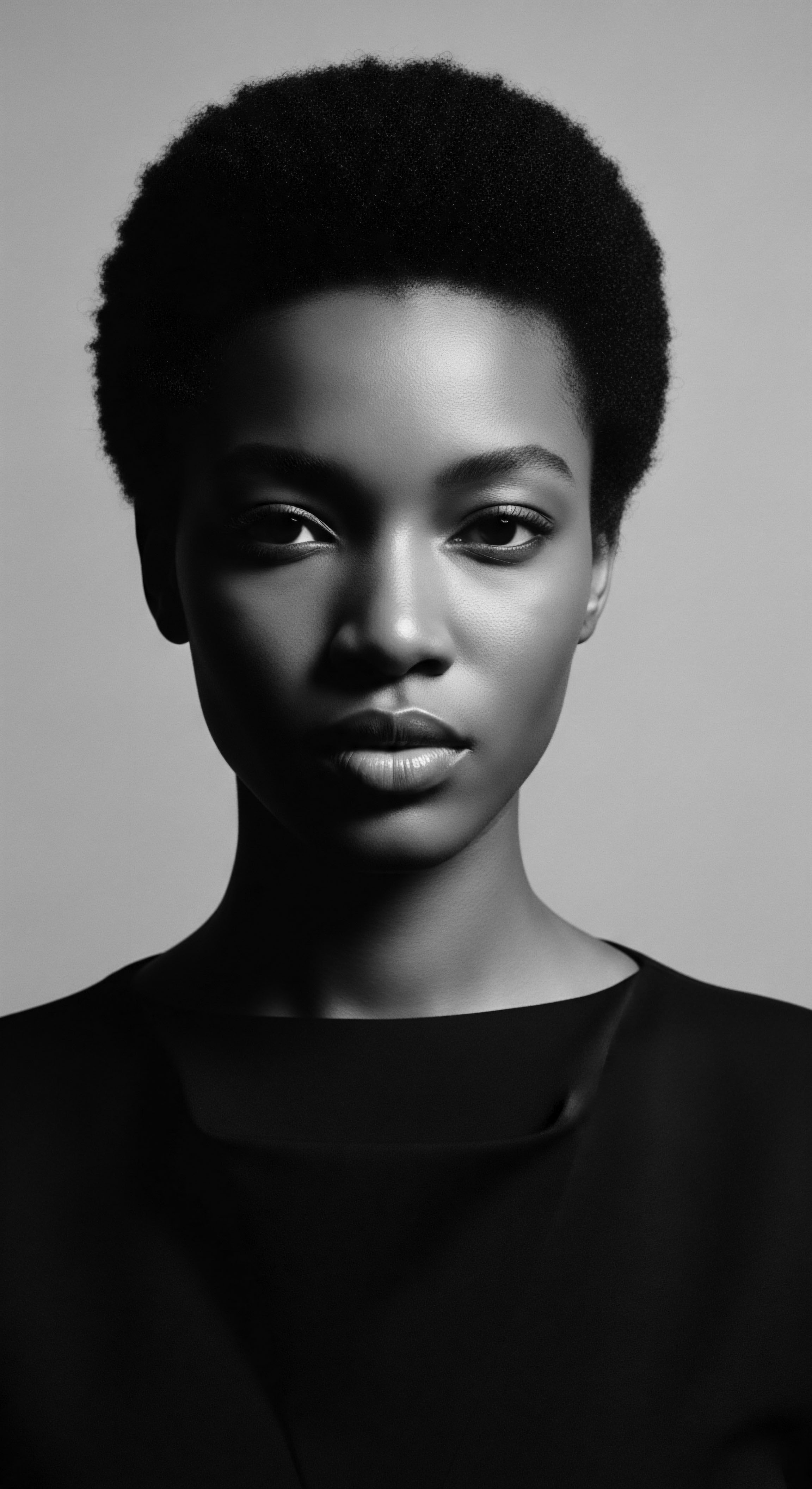
What traditional tools shaped textured hair heritage?
Ancient combs, natural fibers, and indigenous oils shaped textured hair heritage, serving as cultural artifacts and identity markers.

What ancestral wisdom is tied to textured hair care tools?
Ancestral tools for textured hair care embody timeless wisdom, from wide-tooth combs to protective coverings, rooted in heritage.

What historical hair tools influence modern textured hair care?
Historical hair tools like ancient combs and early pressing implements profoundly shape modern textured hair care by grounding practices in ancestral wisdom and resilience.
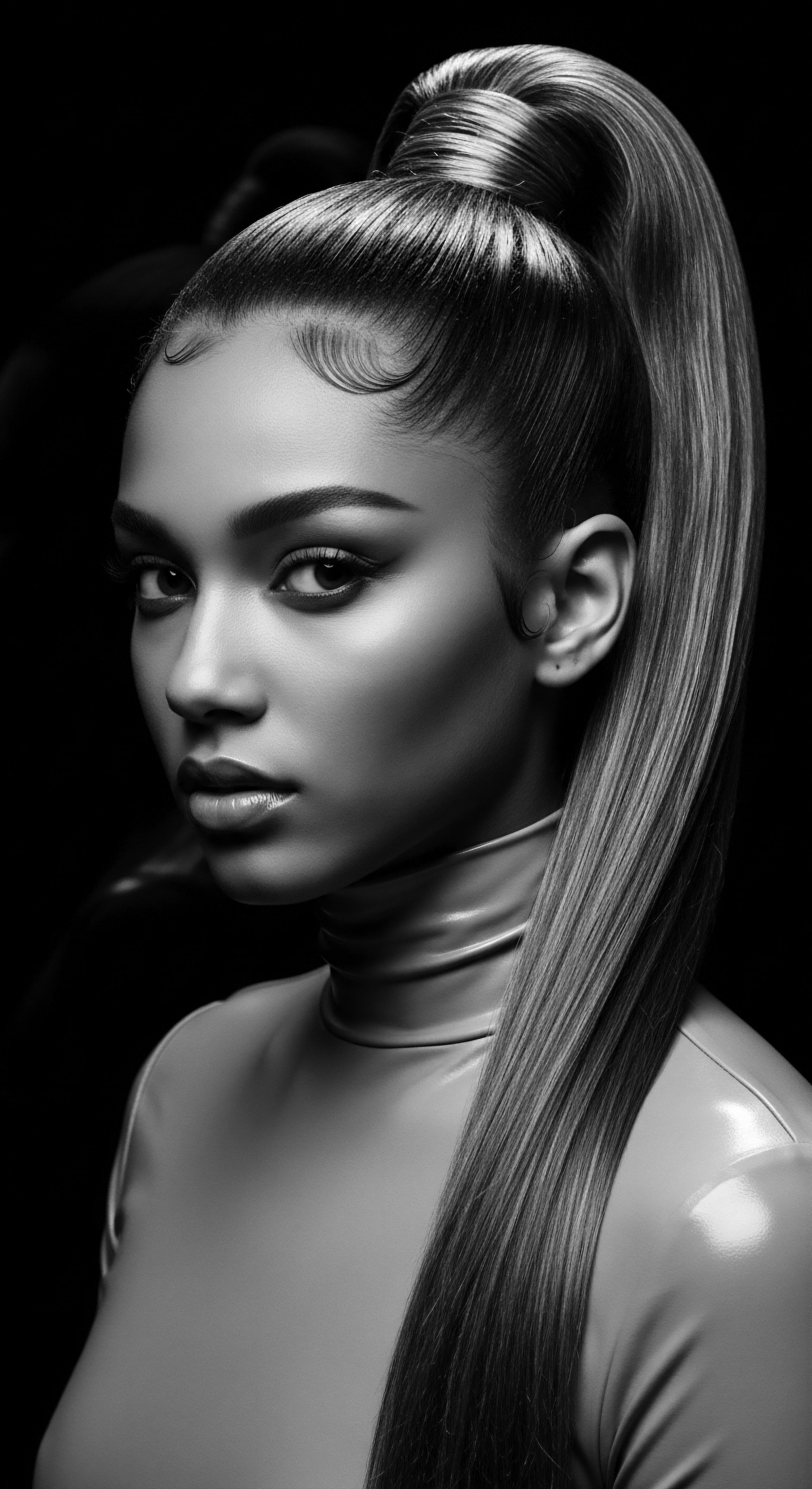
What ancestral tools defined textured hair?
Ancestral tools like wide-tooth combs, picks, and natural wraps profoundly shaped textured hair care, laying the foundation for its rich heritage.
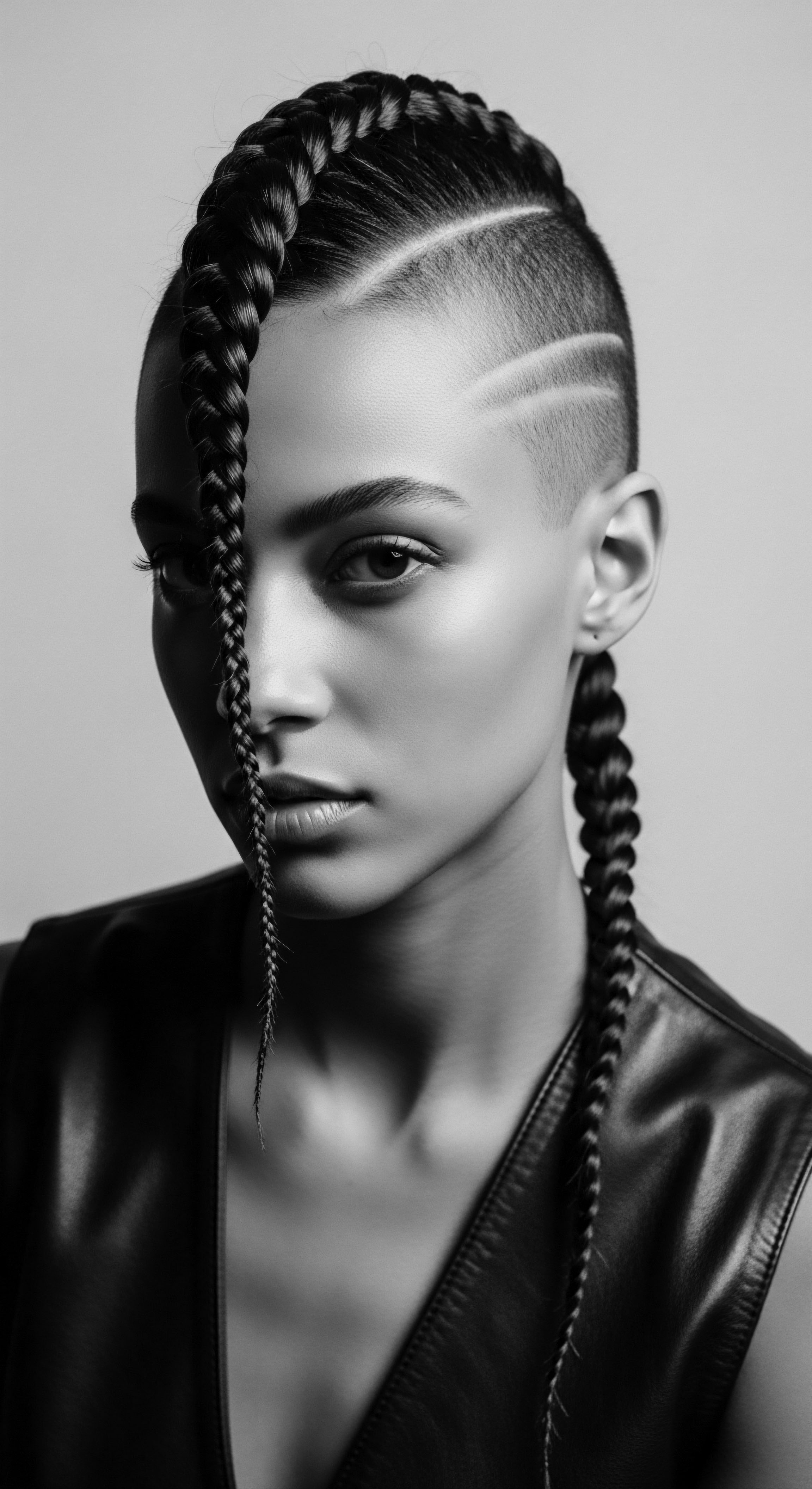
What historical tools honored textured hair’s unique structure?
Historical tools honored textured hair’s structure by being crafted for gentle detangling, precise sectioning, and protective styling within ancestral heritage.

What ancestral tools still serve textured hair?
Ancestral tools such as wide-tooth combs, natural oils, and protective braiding persist, connecting textured hair care to its rich heritage.

What historical tools supported textured hair?
Historical tools for textured hair, from ancient combs to improvised implements, profoundly shaped identity and resilience, acting as vital links to cultural heritage.

What historical tools supported traditional textured hair care?
Ancient combs, picks, and natural elements supported textured hair care, embodying cultural heritage and ancestral wisdom.
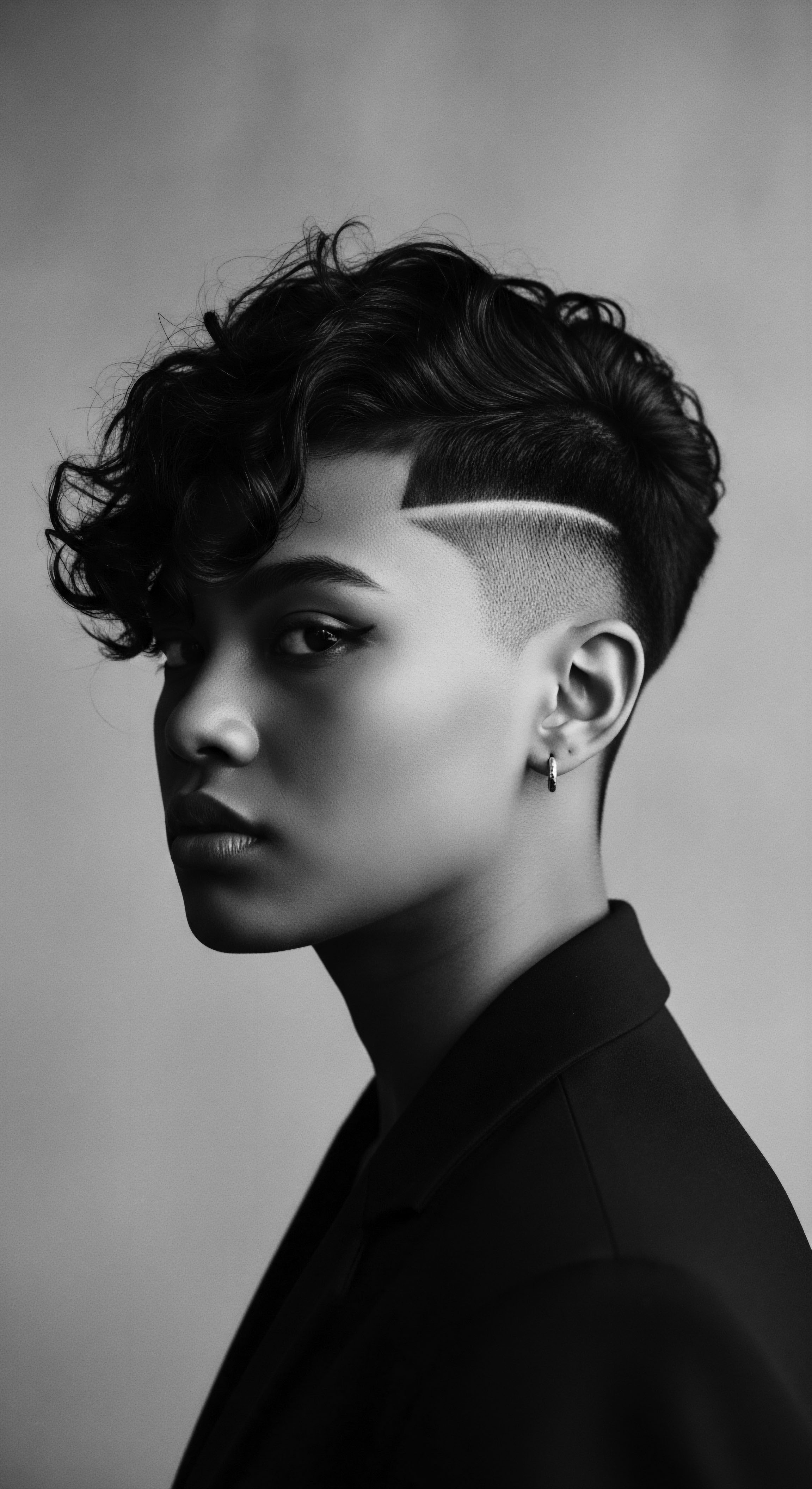
How does tool design benefit textured hair?
Tool design for textured hair directly benefits its health by honoring ancestral wisdom and unique biological structures.

What historical tools shaped modern textured hair regimens?
Historical tools, from ancient combs to protective wraps, laid the foundation for modern textured hair care, embodying a rich heritage of resilience and cultural wisdom.

